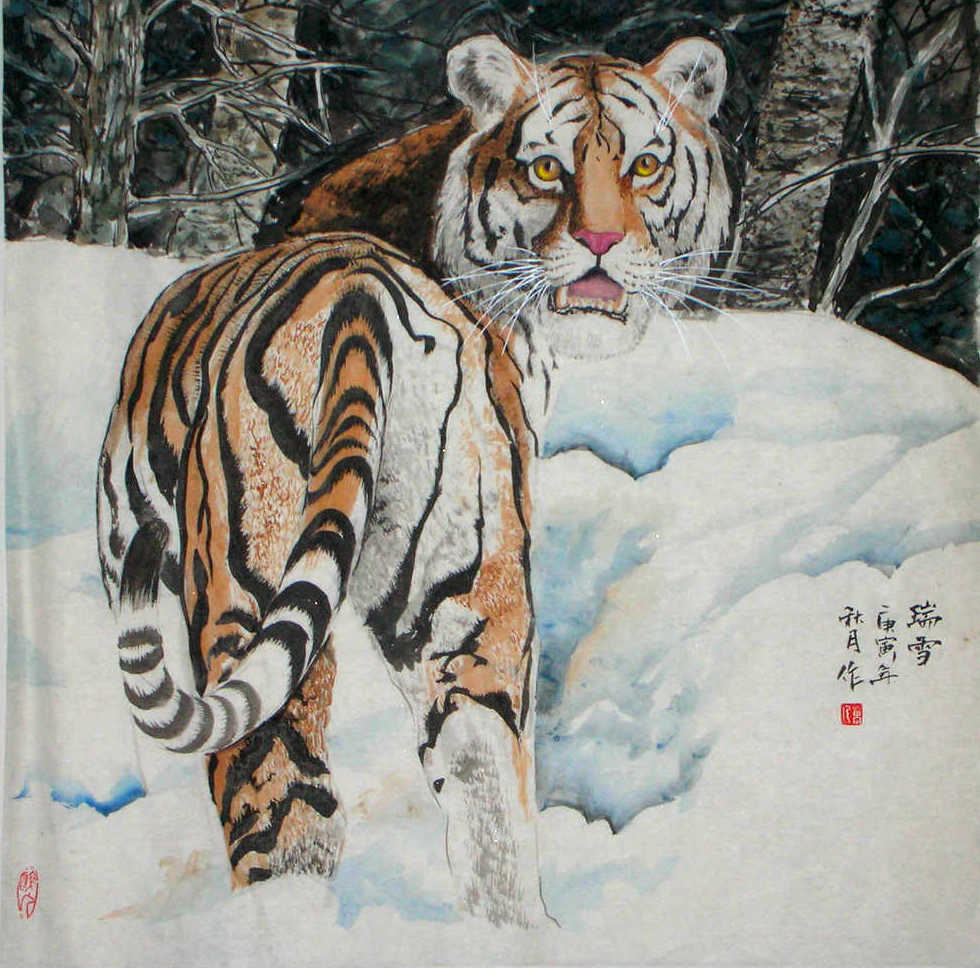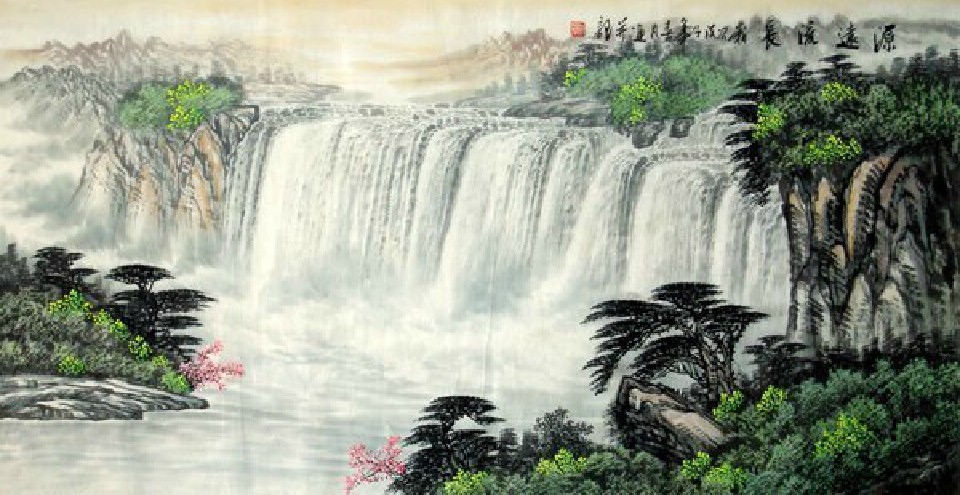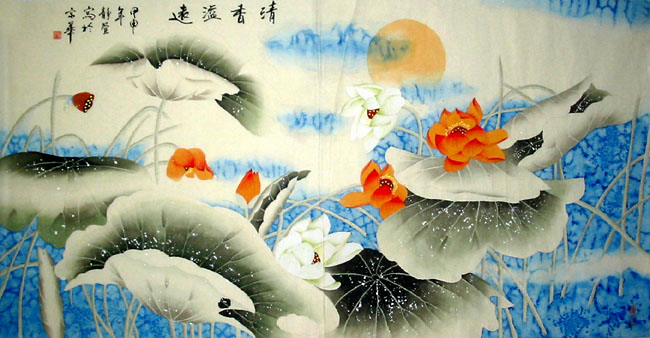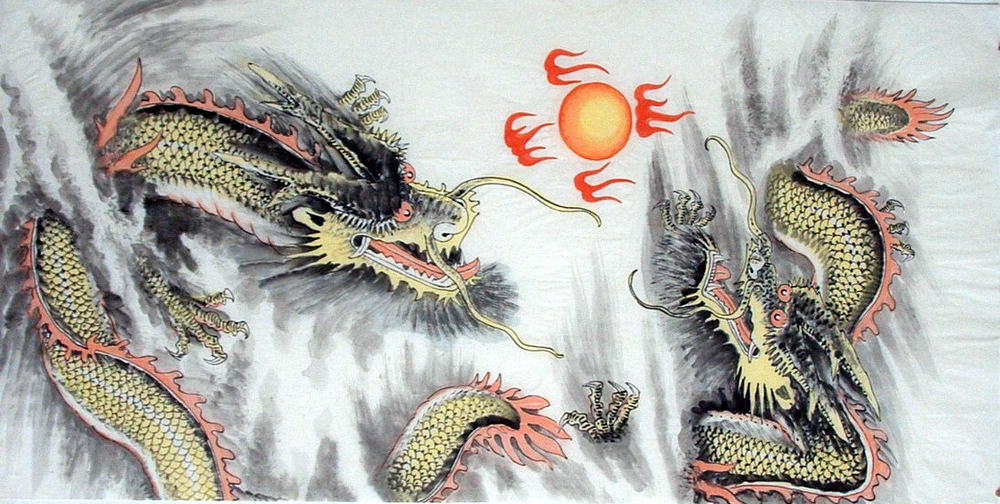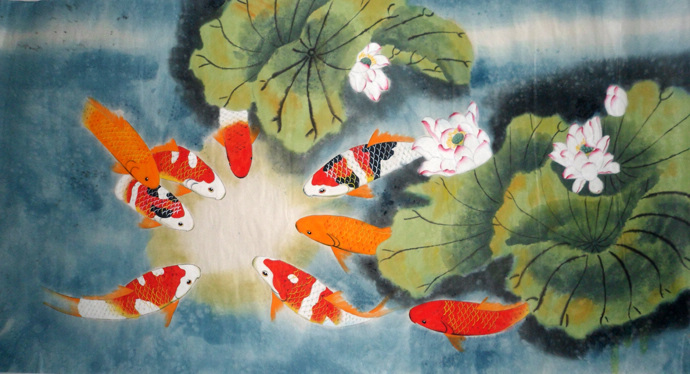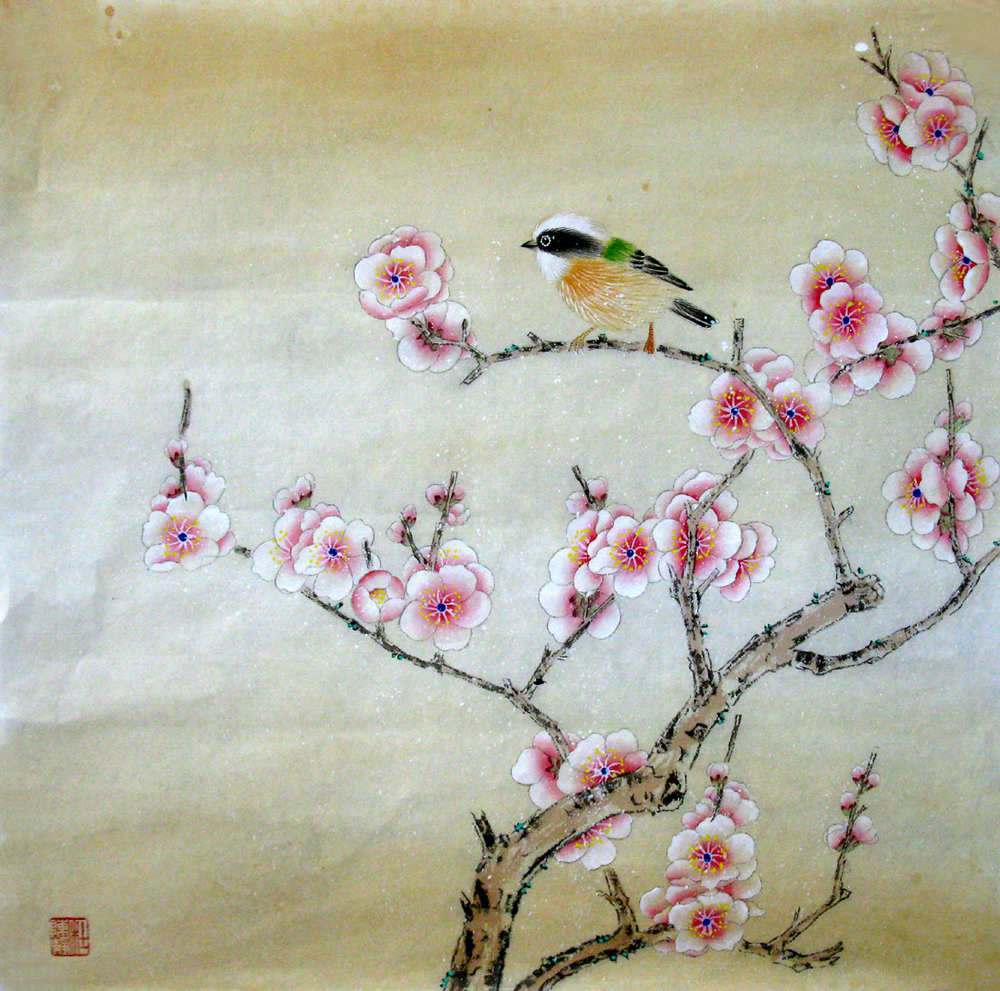The Tiger, the third sign of the Chinese zodiac, is thought of as ruler of the beasts on Earth in contrast to the Dragon which is ruler of the beasts of the sky. To be born in the year of the Tiger (1914, 1926, 1938, 1950, 1962, 1974, 1986 1998 or 2010) should mean that you are courageous and optimistic, tolerant, humanistic and generous. You are independent, can expect a long life and were born to command not obey.
The Chinese Tiger is a yang animal and is associated with a potent male principle of courage, bravery, dignity and sternness. It is sometimes known as "king of the mountains" and it is said that it has the power to drive away demons.
A Chinese painting depicting a Tiger is often hung on a wall inside the building and facing the entrance - in this way "demons" are scared away and can not enter. Feng Shui practitioners often like to use the ch'i of the Tiger in this way. In ancient China the Tiger was the principle animal god and was known as the Guardian Spirit of Agriculture that was believed to devour the Drought Demon.
A Tiger's head used to be painted on soldiers' shields in order to terrify the enemy.
It was believed that Tigers turned white after 500 years, could live 1000 years and that upon the Tiger's death its spirit entered the earth and became Amber, in fact the original Chinese term for Amber was "Soul of the Tiger".
The Chinese Tiger is also associated with Tsai Shen, The God of Wealth.








